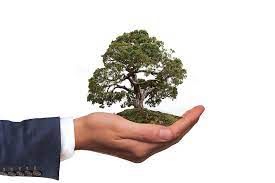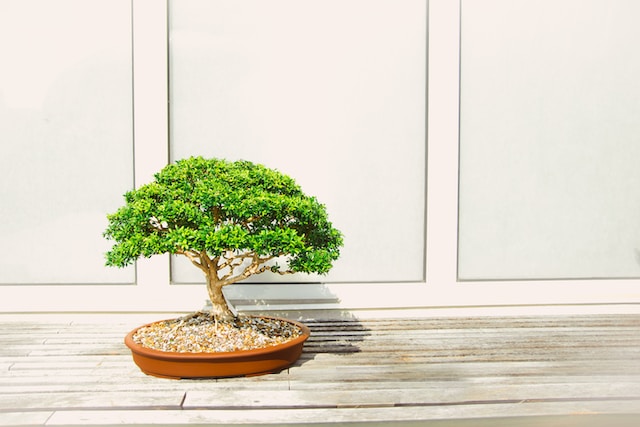Bonsai, the art of growing miniature trees in containers, has a rich history that spans centuries and cultures. Let’s explore how bonsai evolved from its ancient origins to the modern art form we know today.
Origins in Ancient China
Although the term “bonsai” is Japanese, the art itself originated in China.
Around 700 AD, the Chinese practiced “pun-sai” (or “penzai”), using special techniques to grow dwarf trees in containers.
Initially, only the elite of society cultivated these miniature trees with native-collected specimens, and they were exchanged as luxurious gifts.
During Japan’s Kamakura period, which saw significant cultural influence from China, the art of growing trees in containers was introduced to Japan.
The Japanese adapted bonsai along certain lines due to their smaller land area compared to mainland China, resulting in a more limited range of landscape forms.
Many well-known bonsai techniques, styles, and tools were developed in Japan based on Chinese originals.
Chinese Influence and Early Techniques
In ancient China, explorers discovered miniature trees growing high in the mountains.
These harsh mountain conditions led to gnarled and twisted dwarf trees that were particularly prized.
The Taoists believed that creating miniature landscapes allowed people to access the magical properties of nature.
Thus, penjing (literally “tray scenery”) was born. It involved creating miniature landscapes displayed atop earthenware.
Chinese artists developed pruning and binding techniques that gave plants twisted shapes and an aged appearance.
Some historians believe that these miniature trees’ formations resembled animals from Chinese folklore or yoga positions.
The first pictorial evidence of artistically formed miniature trees appeared in 706 CE in the tomb of Prince Zhang Huai1.
Symbolism and Global Appreciation
Initially a status symbol among China’s elite, bonsai trees are now enjoyed worldwide.
Depending on culture and beliefs:
Bonsai symbolizes harmony, balance, patience, or luck.
Some view bonsai as objects for meditation or contemplation.
Others use them as living ornaments for interior design.
Today, Western nature lovers also grow and care for bonsai trees as living works of art.
In summary, bonsai’s journey from ancient penjing to modern art reflects a fusion of Chinese origins and Japanese refinement. Its symbolism transcends borders, making it a cherished practice across cultures. 🌿🌳🎋




